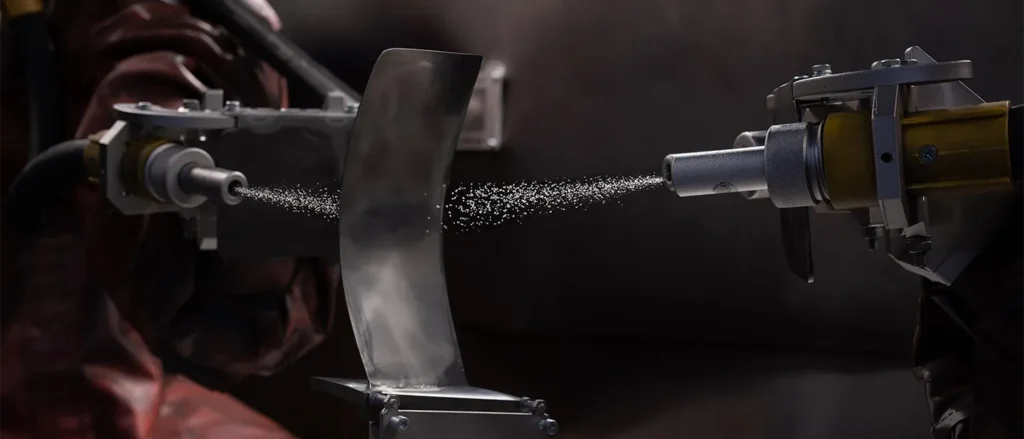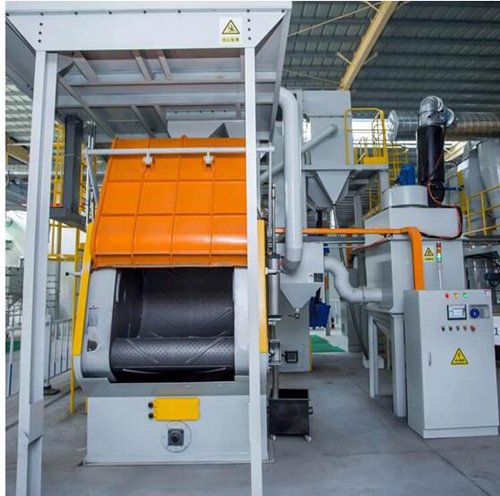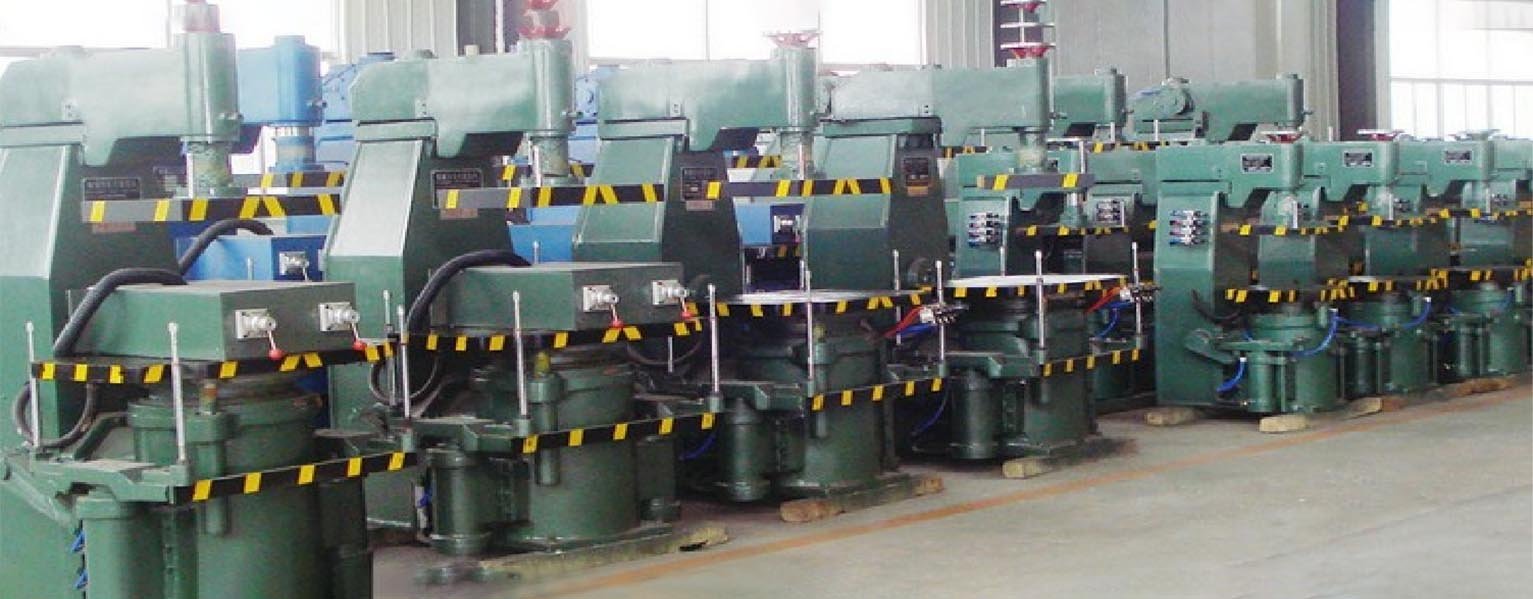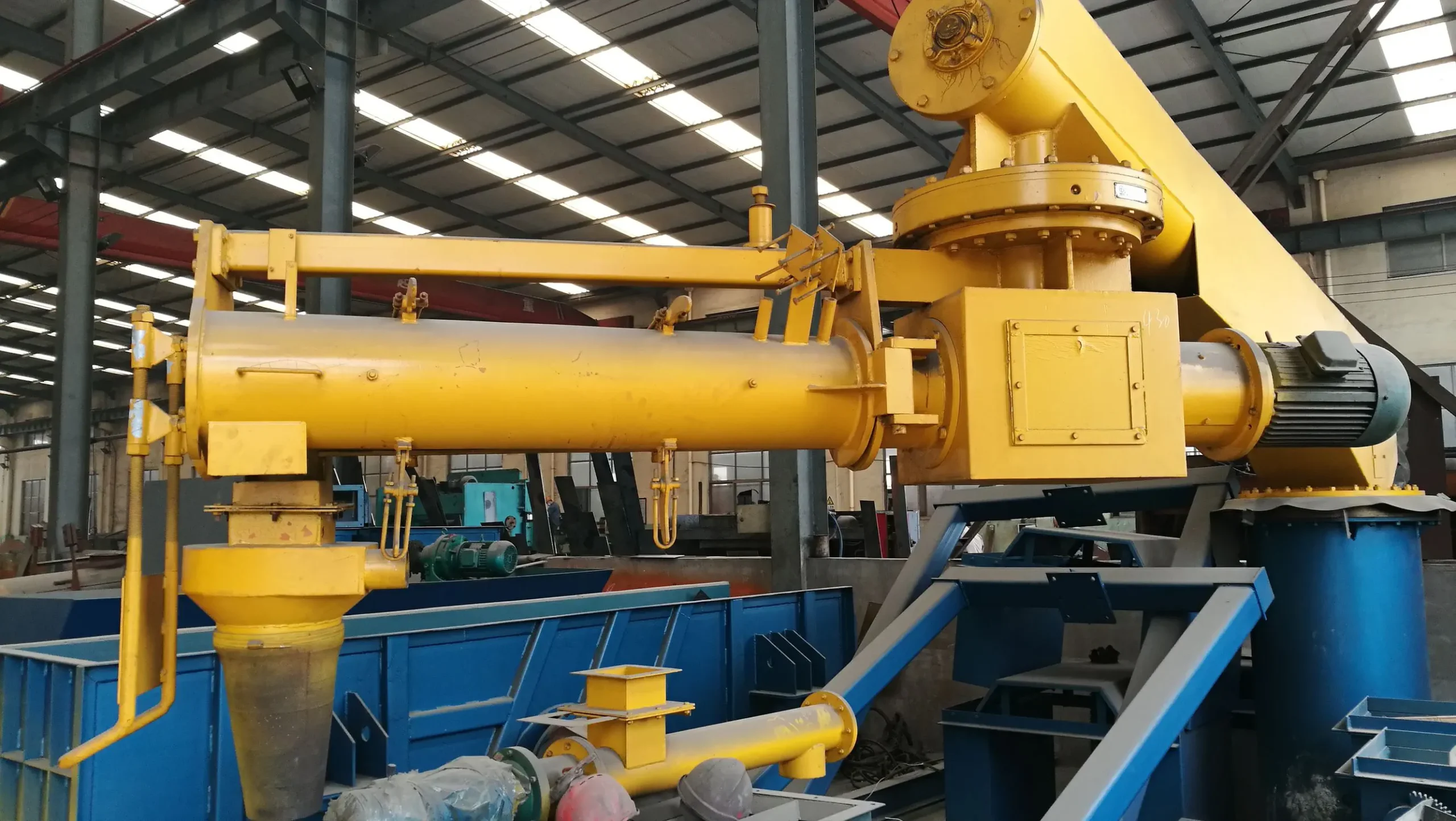Are you struggling with achieving consistent results in your sandblasting projects? Many face challenges like uneven finishes, wasted abrasives, or even surface damage due to improper parameter settings. Understanding the key parameters of sandblasting is crucial for achieving precise and efficient results.
The main parameters of sandblasting include air pressure, abrasive type and size, nozzle selection, blasting angle, distance, and air compressor capacity. These factors collectively determine the quality, speed, and safety of your sandblasting process.
Let’s explore each parameter in detail to help you optimize your operations and achieve professional results.

Key Parameters of Sandblasting
| Parameter | Description | Recommended Settings |
|---|---|---|
| Air Pressure (PSI) | Determines the force of abrasive impact. Higher pressure cleans faster but can damage delicate surfaces. | - 30–60 PSI: For soft surfaces like wood or glass. \n - 70–100 PSI: For removing rust, paint, or light debris. \n - 100–150+ PSI: For heavy-duty industrial cleaning. |
| Abrasive Type | The material used for blasting. Impacts surface finish, efficiency, and cost. | - Steel Grit: Heavy-duty cleaning. \n - Glass Beads: Smooth finishes. \n - Garnet: Versatile, rust removal. \n - Baking Soda: Gentle cleaning for delicate materials. |
| Abrasive Size | Influences finish and cleaning speed. | - Fine Abrasives (80+ grit): Smooth finishes, slower cleaning. \n - Coarse Abrasives (16–36 grit): Fast cleaning, rougher finish. |
| Nozzle Size | Controls the flow of abrasive material. | - Small Nozzles (e.g., #3, #4): Precise blasting on small areas. \n - Large Nozzles (e.g., #6, #8): Fast coverage for large surfaces. |
| Blasting Angle | The angle of impact, affecting the surface texture and cleaning effectiveness. | - 90° (Perpendicular): Deep cleaning, rough finishes. \n - 45° (Angled): Reduced abrasive bounce-back, smooth finishes. |
| Blasting Distance | Distance between the nozzle and surface, impacting intensity and spread. | - 2–4 Inches: High intensity for stubborn contaminants. \n - 6–12 Inches: Balanced cleaning and coverage. \n - 12+ Inches: Reduced intensity for delicate surfaces. |
| Air Compressor CFM | Supplies airflow to maintain consistent pressure and nozzle performance. | Match compressor CFM to nozzle size. Larger nozzles require higher CFM to prevent pressure drops. |
Detailed Parameter Insights
1. Air Pressure
Air pressure determines how effectively abrasives clean the surface. Adjusting PSI based on material type and coating thickness prevents over-blasting or inefficiencies.
2. Abrasive Type and Size
The abrasive material influences cleaning speed, surface texture, and cost. Select abrasives suited to the material and project goals for optimal results.
3. Nozzle Specifications
Nozzle size and shape control the flow and pattern of the blast. Pair the nozzle with an appropriately sized compressor for consistent operation.
4. Blasting Angle and Distance
These parameters influence the depth of cleaning and surface finish. Correct settings minimize abrasive waste and ensure uniform results.
5. Air Compressor Capacity
A mismatched compressor can reduce efficiency and increase downtime. Ensure your system delivers adequate airflow for the chosen nozzle size and abrasive type.

Common Sandblasting Challenges and Solutions
| Challenge | Cause | Solution |
|---|---|---|
| Uneven Surface Cleaning | Inconsistent air pressure or nozzle angle. | Maintain steady PSI and angle, and practice consistent nozzle movements. |
| Abrasive Waste | Incorrect distance or angle. | Keep a balanced blasting distance (6–12 inches) and use the recommended angle for the surface. |
| Surface Damage | Over-blasting with high PSI. | Reduce pressure for delicate surfaces (30–60 PSI). |
| Frequent Pressure Drops | Undersized air compressor. | Match compressor CFM to nozzle requirements and abrasive flow. |
Conclusion: Optimize Your Sandblasting Process
Mastering the main parameters of sandblasting—air pressure, abrasive selection, nozzle specs, angle, and distance—ensures consistent and efficient results. Use the table above to tailor your settings to specific projects and materials, and don’t forget to evaluate your air compressor capacity for seamless operation.
Need help fine-tuning your sandblasting setup? Consult with a trusted professional or manufacturer to get tailored advice and ensure flawless execution for your projects.







